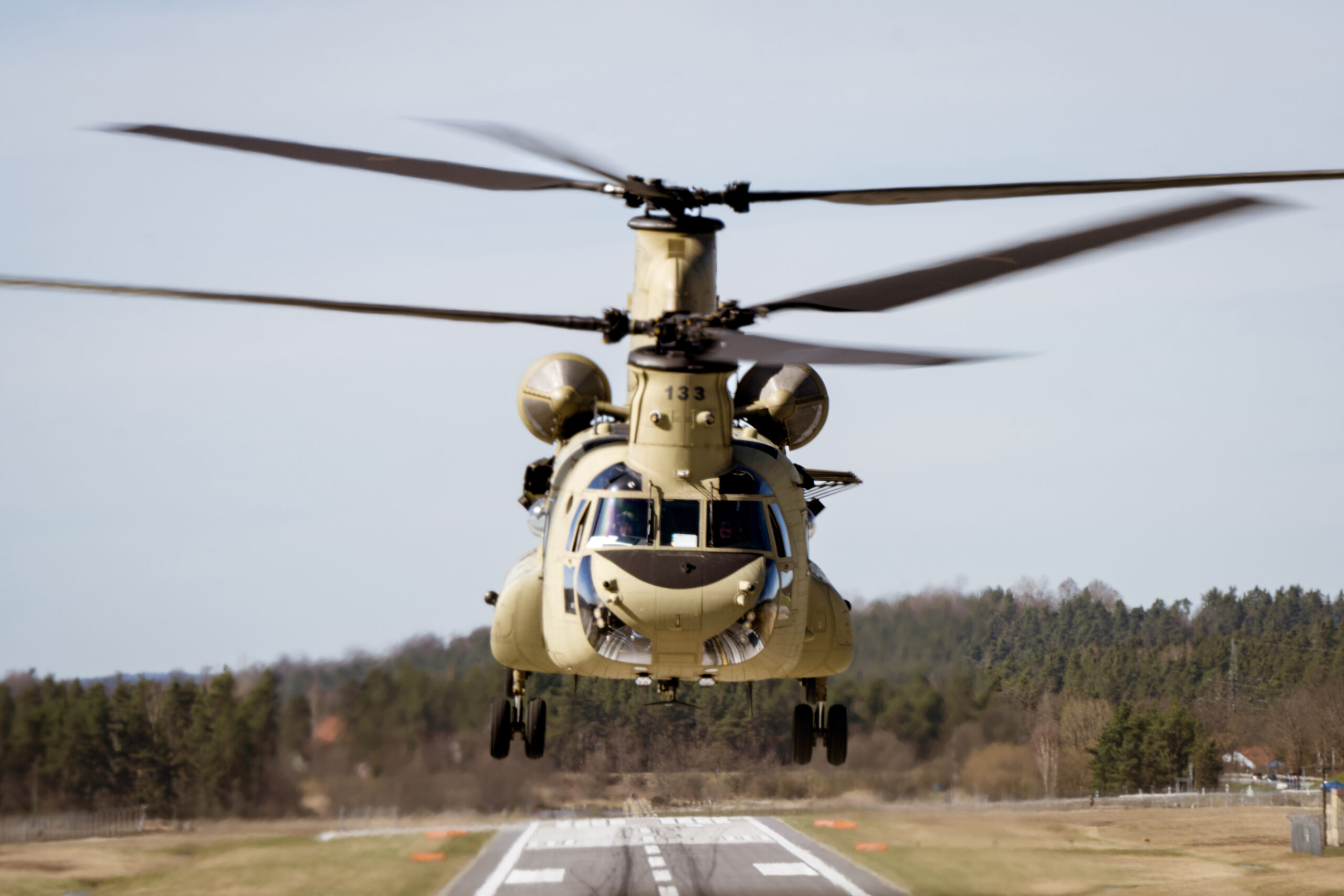With the V-22 Osprey tilt-rotor fleet still grounded in the wake of a deadly crash nine weeks ago, the effects are being felt all the way up to the U.S. head of state. The White House is now increasingly calling upon other types to fulfill this role. Case in point was the unusual scene along the Hudson River today in Manhattan where tan CH-47F Chinooks accompanied Marine 1 and its twin VH-3D companion to the heliport there. Biden was in the Big Apple for campaign events.
While the use of Army helicopters in support of the White House travel operations are somewhat common during trips overseas, they are far less so stateside. Presidents have traveled aboard Army helicopters, using the Army One callsign, many times over the last three quarters of a century. In fact, the job of moving the president himself via helicopter was partially an Army mission up until 1976. However, the current circumstances are a symptom of a larger problem that has impacted multiple services rather severely.
As we have reported in the past, the entire fleet of V-22 tilt-rotors was grounded following a fatal crash of U.S. Air Force CV-22 Osprey off the coast of Japan in November. You can read more about that incident here. That decision has a huge impact on the U.S. Air Force, Navy, and Marine Corps, all of which fly versions of the V-22.
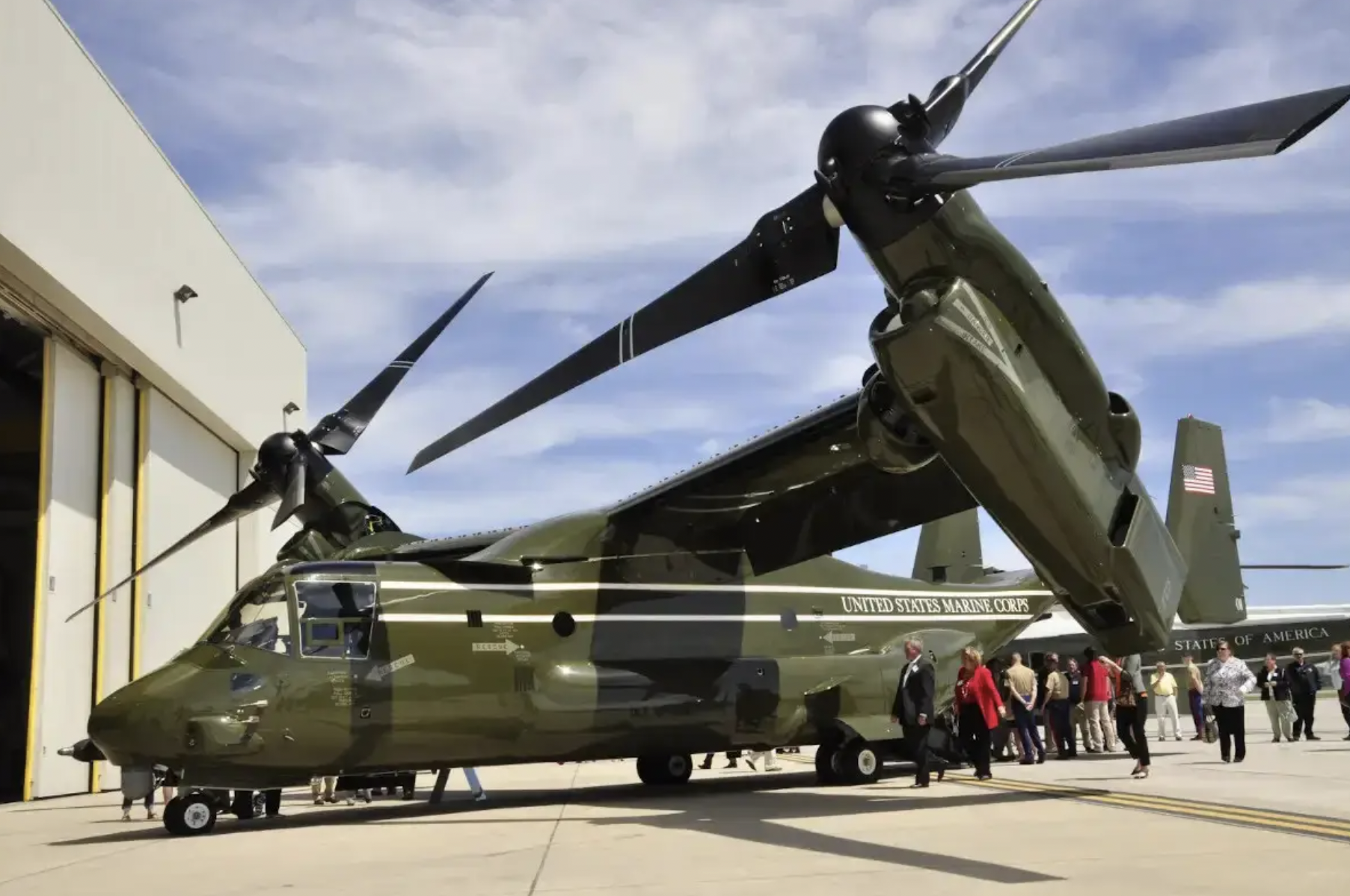
For the Marine Corps, the non-availability of the MV-22Bs that constitute its entire medium-lift capacity is hugely significant. However, these same types are also routinely used to support presidential trips, part of a large and diverse fleet of assets that are required to make this happen.
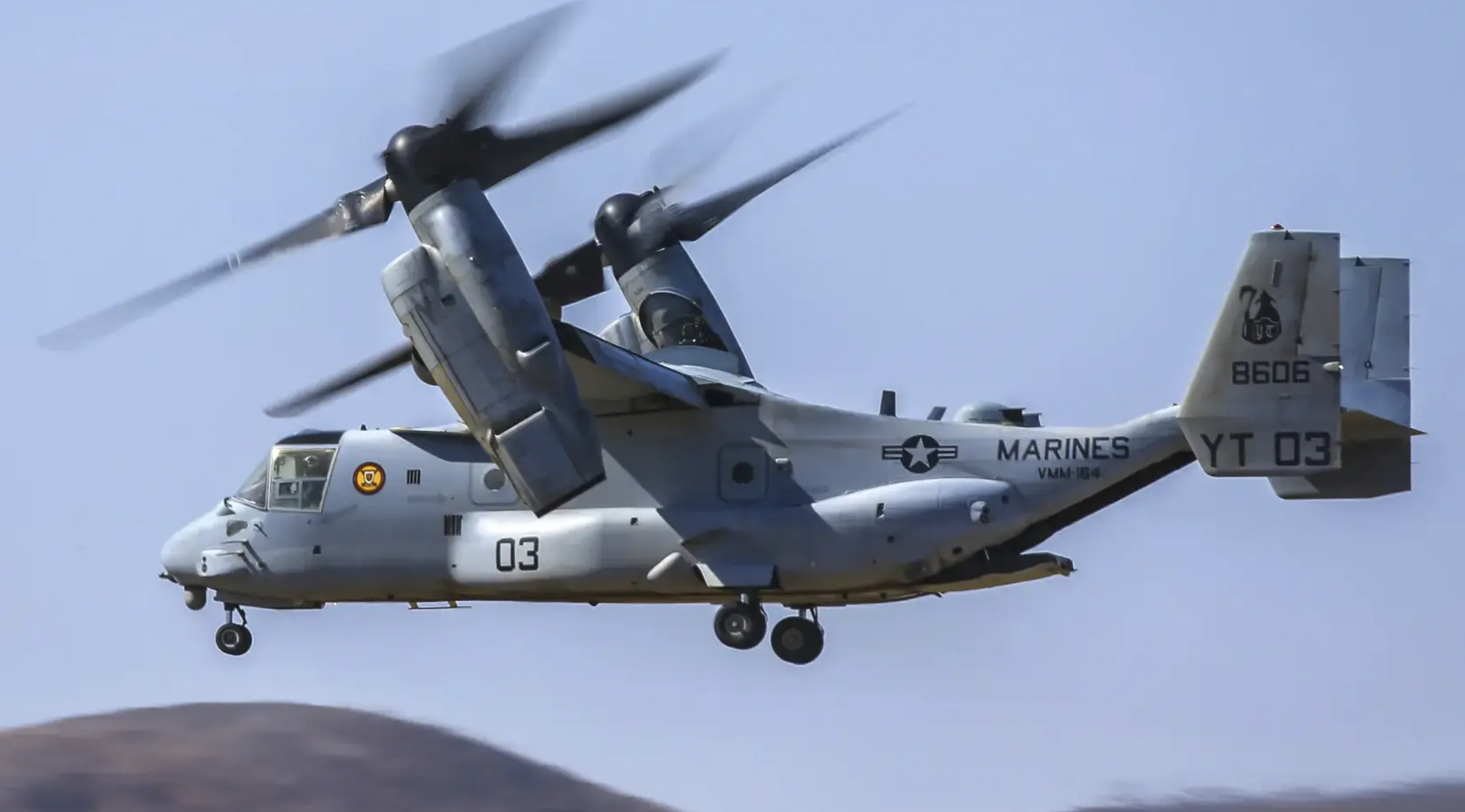
Before the grounding order, a dozen MV-22Bs assigned to Marine Helicopter Squadron One (HMX-1) were used for presidential airlift support missions as part of the so-called ‘green side’ of that squadron. Meanwhile, the ‘white top’ helicopters are used to actually fly the president, his family, and closest advisors around, using the famous ‘Marine One’ callsign when the president in onboard. The existing VH-3D and VH-60N helicopters used by the ‘white tops’ are to be replaced by 23 VH-92As, a complicated story in itself, as you can read about here.
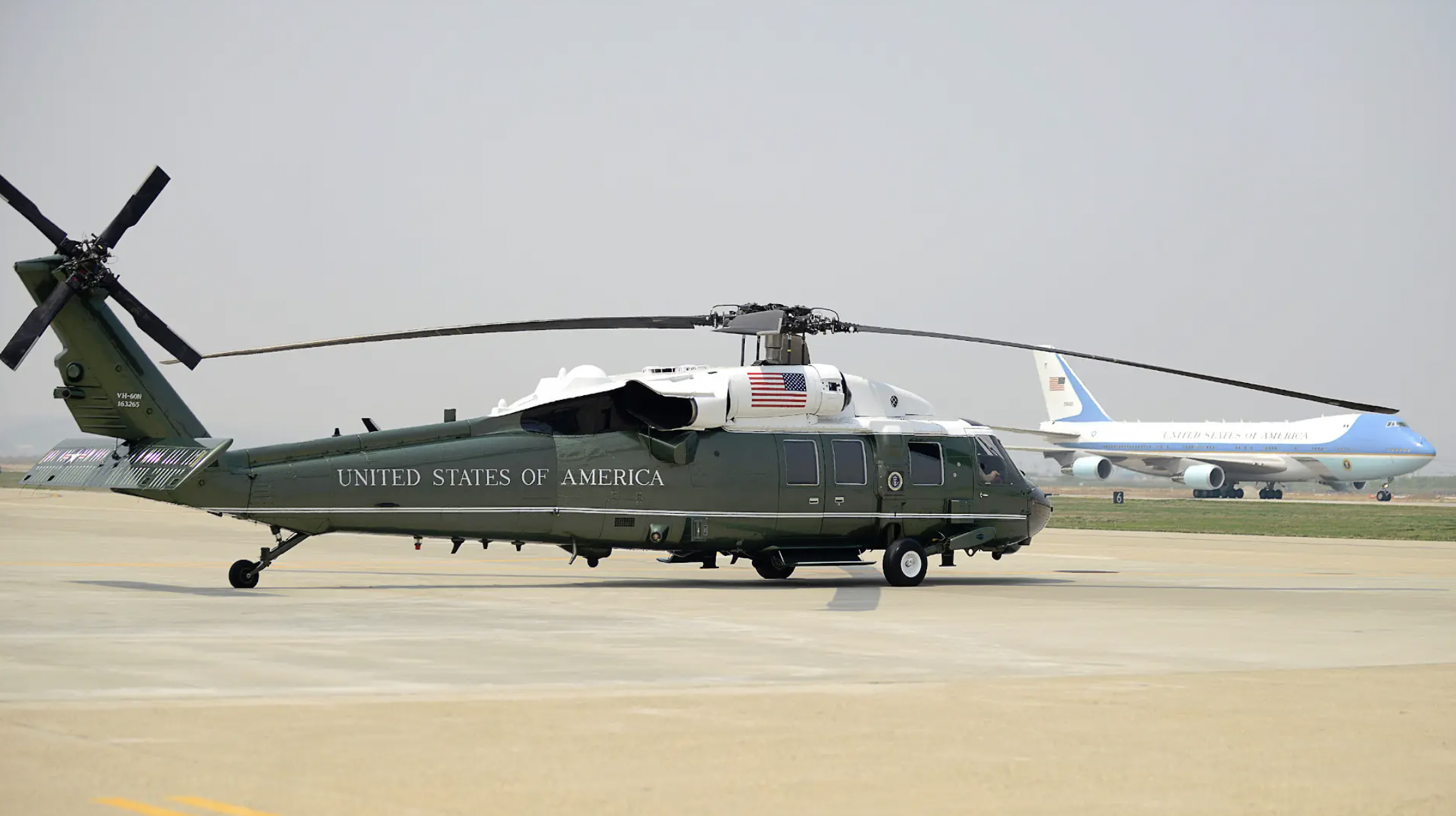
The ‘green top’ MV-22s are primarily responsible for moving around White House staff, members of the media, specialized quick reaction forces, Secret Service personnel, and other official guests, in support of presidential missions. It’s also worth noting that HMX-1, as a whole, also has an operational test and evaluation mission.
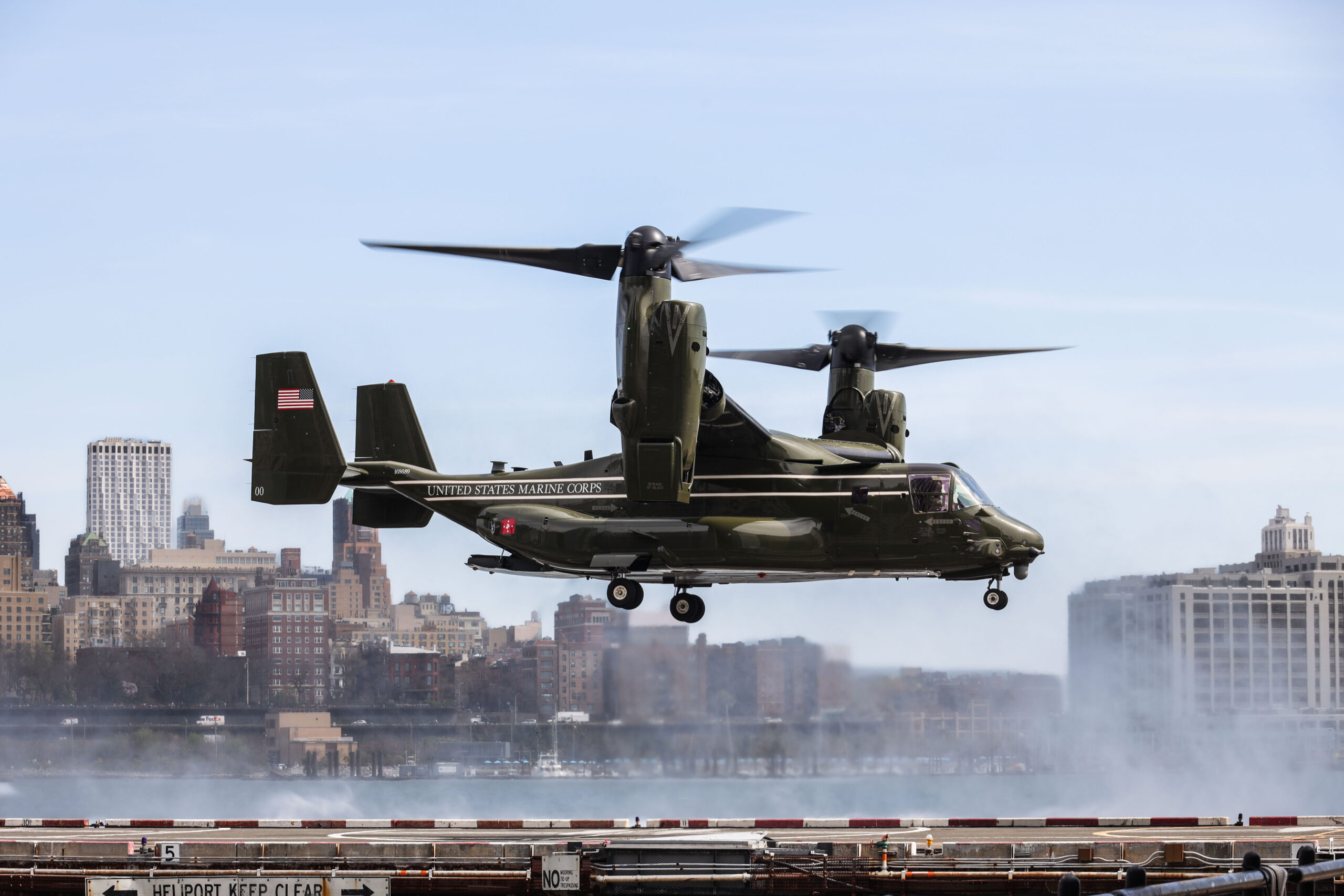
These aircraft are currently included in the fleet-wide Opsrey grounding, leaving other types to pick up the slack, namely U.S. Army CH-47 Chinooks and Marine CH-53E Super Stallions.
The tandem-rotor CH-47 has been in service with the U.S. Army and allied militaries for decades. In the current F-model configuration, the CH-47 can take off at a gross weight of 46,280 pounds at 4,000 feet on a 95-degree Fahrenheit day. F-model Chinooks can carry 36 troops, have an external sling-load capacity of 26,000 pounds using the center hook, and are powered by twin Lycoming T55-GA714A engines, each with 4,733 shaft horsepower.
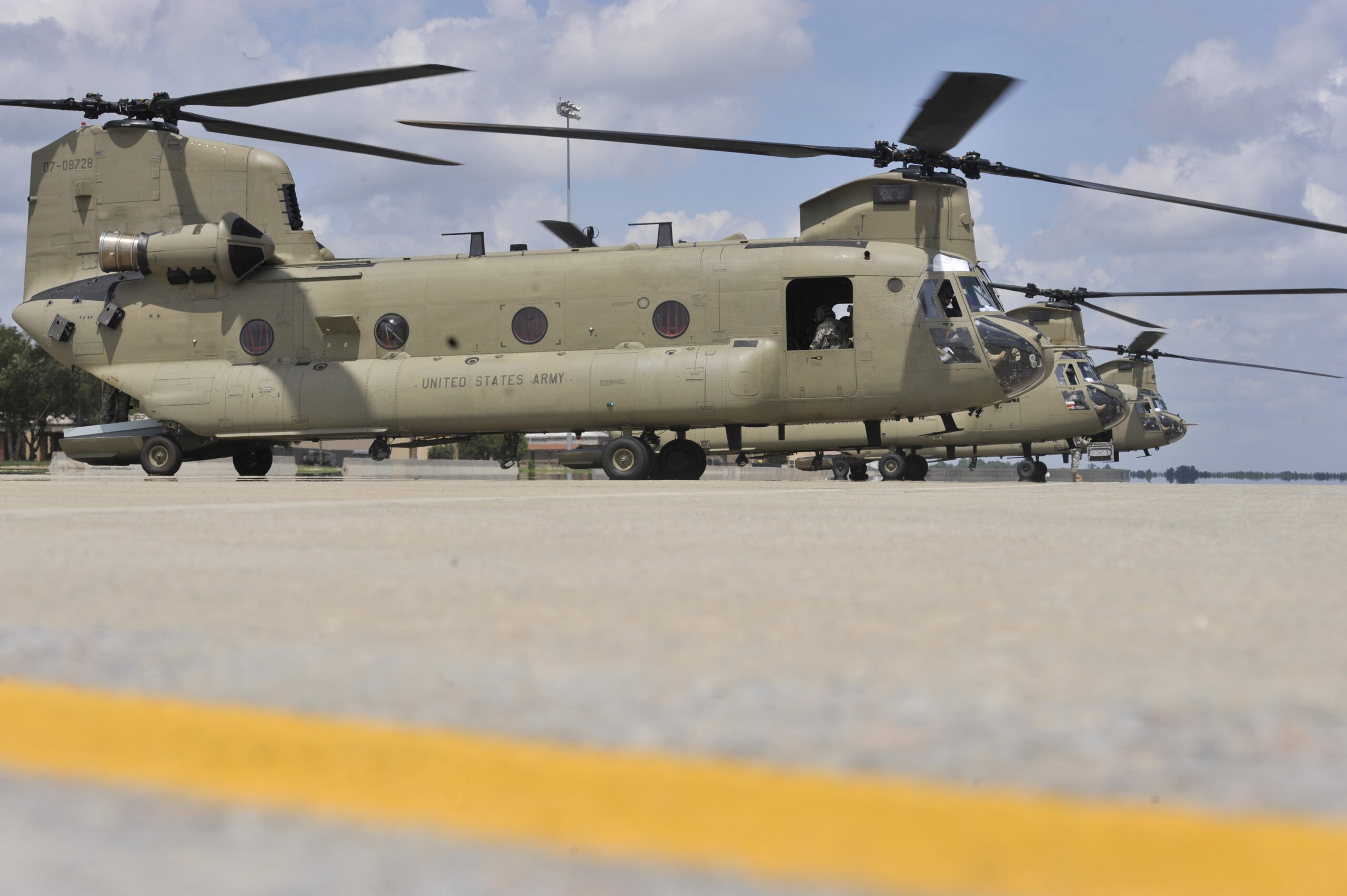
Earlier this month, on the West Coast, meanwhile, Marine Corps CH-53Es were seen standing in for the HMX-1 MV-22s.
The following video shows VH-60Ns departing Hollywood Burbank Airport, in Los Angeles County, California, accompanied by CH-53Es that were flying in support of a visit by Biden to California.

The CH-53E has been used by the Marine Corps since 1981. Super Stallions are also extremely powerful machines, with the ability to carry heavy loads over relevant distances. They can carry external loads of up to 9,654 pounds over a distance of 110 nautical miles, and feature a maximum takeoff weight of 73,500 pounds. Each helicopter is powered by three General Electric T64-GE-416 turboshaft engines, each producing 4,380 shaft horsepower.
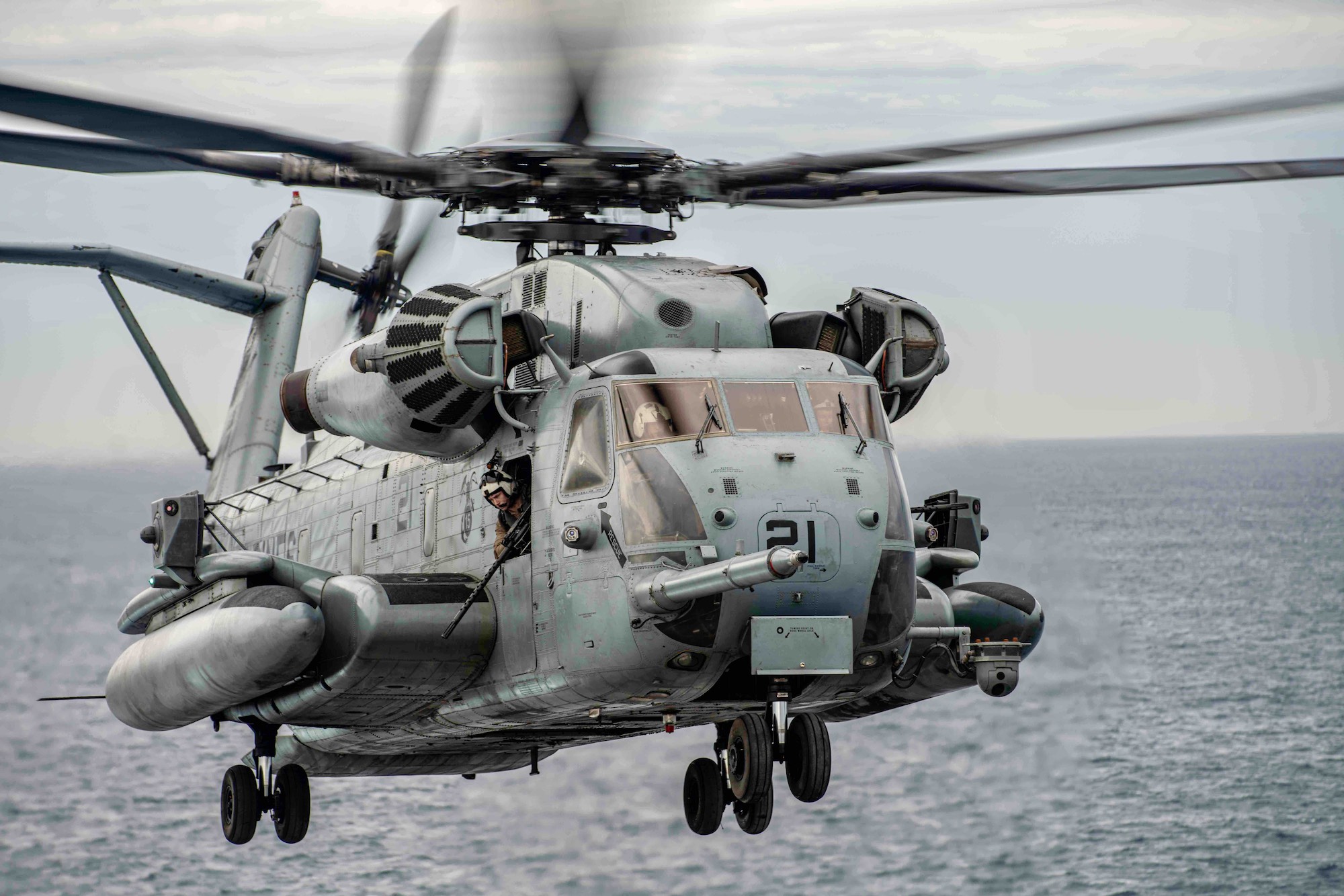
It’s worth noting that the HMX-1 MV-22s replaced the CH-46 Sea Knight helicopters that the squadron had previously operated, but they also helped fill the gap left by the earlier retirement of the squadron’s CH-53D/Es. As such, having CH-53Es operate in the same role as the ‘green tops’ is not entirely new.
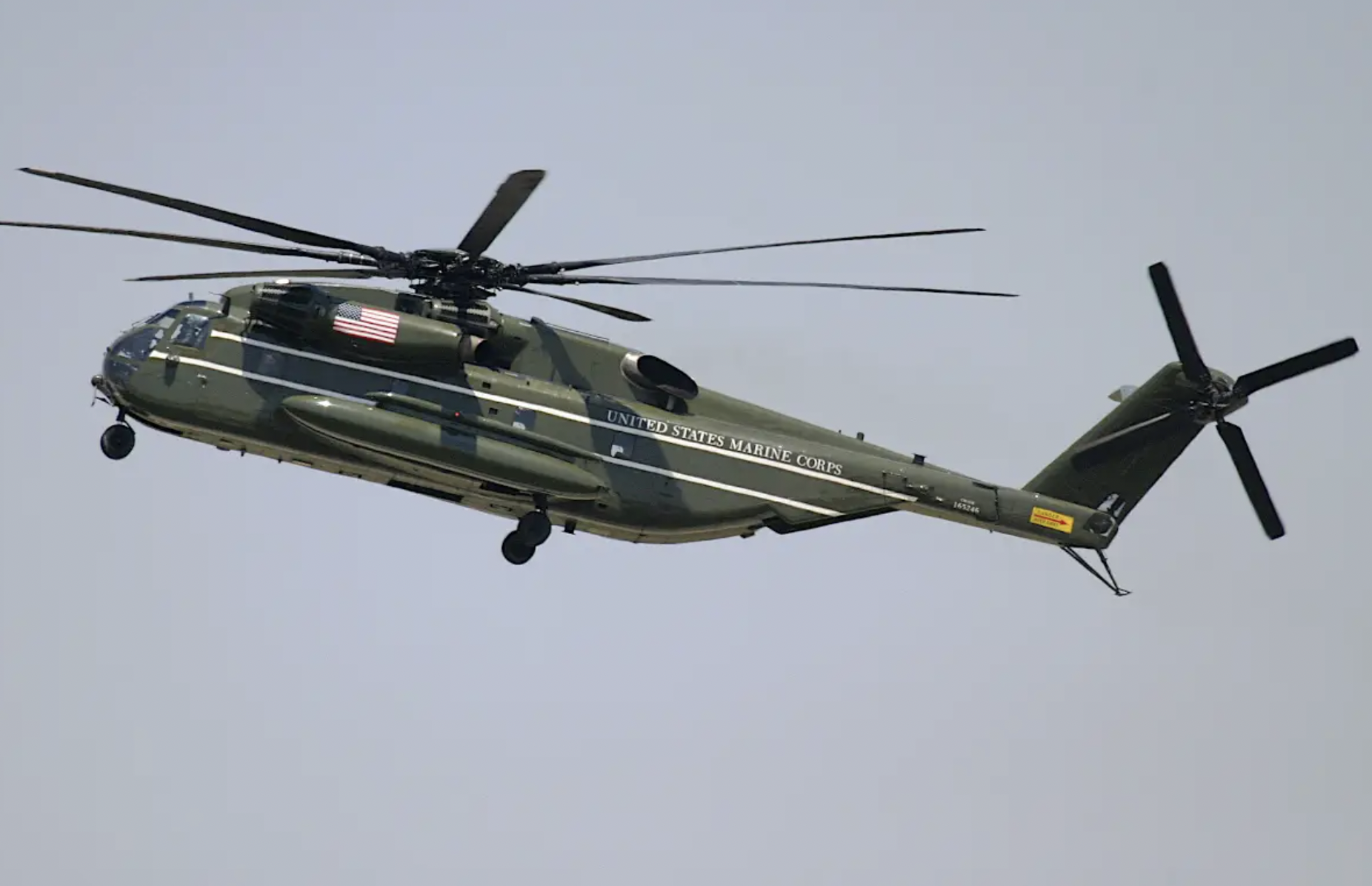
As we have examined in the past, HMX-1 also operates a single ‘green top’ UH-60N helicopter, which could similarly stand in for the MV-22 on general utility missions, but with only one of these available, it’s a strictly limited capacity.
Exactly how long other types will have to fill in for the HMX-1 MV-22s depends entirely on how long the grounding order remains in place.
As our own Tyler Rogoway has pointed out, the repercussions of the grounding are huge.
For the CH-53Es, in particular, that are having to fill in for grounded MV-22s across the Marine Corps, extra tasking for the presidential airlift mission add more pressure to an already notoriously tired and maintenance intensive fleet.
As well as the Marine Corps and its medium-lift and presidential support MV-22s, the Air Force presently has no CV-22 capability, which are used for demanding long-range special operations missions. The Navy is affected too, with its CMV-22Bs unavailable for the essential carrier onboard delivery (COD) duties, although the service does still have 15 C-2 Greyhounds that are filling the gap in the COD role.

For now, we still don’t know what problems led to the current Osprey grounding.
“We don’t believe the most recent problems are related to the hard clutch engagement issue, but we will not know definitely until the investigation is complete,” Marcia Hart, NAVAIR director of communications told The War Zone at the time.
Similarly, with no date specified about when the grounding order might be lifted, we will likely see CH-47s, CH-53s, and potentially other types filling in on presidential support duties, a role that will become even more evident as we continue to move toward the 2024 presidential election, scheduled for November 5 of this year.
Contact the author: thomas@thewarzone.com
